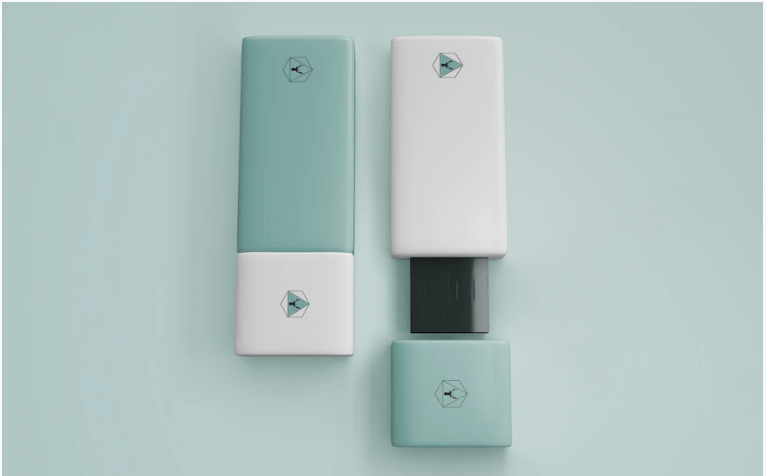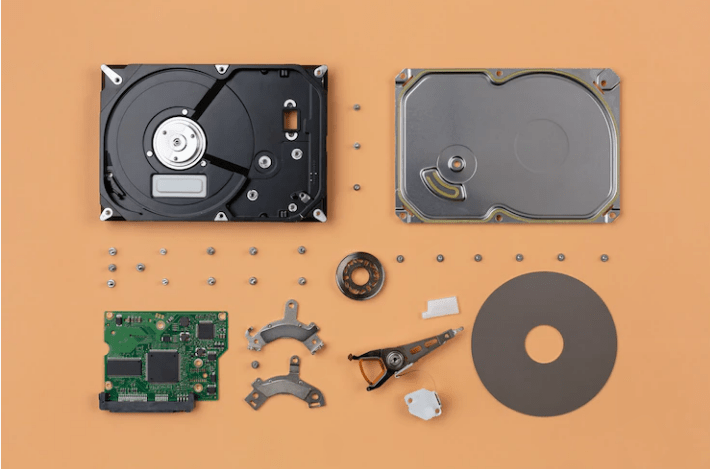Hitachi Data Systems (HDS) and HP introduced enterprise-class SAN arrays today based on technology from OEM partner Hitachi Ltd.
In introducing its Virtual Storage Platform (VSP), the successor to its Universal Storage Platform (USP) V, HDS put the emphasis on “3D scaling,” which refers to the ability to scale up (performance, capacity and connectivity), scale out (multiple systems in a single logical system) and scale deep (via virtualization of heterogeneous resources).
HDS officials also emphasized the system’s page-level Dynamic Tiering, where a page is now defined as a more granular 42MB stripe size. Data can be automatically placed on tier 0 (SSD flash drives), tier 1 (SAS drives) or tier 2 (SATA) according to user-defined policies and the frequency of data access. All of the drive types come in a 2.5-inch form factor, which provides power and cooling advantages vs. older arrays with 3.5-inch drives.
Hitachi Dynamic Provisioning (HDP), or thin provisioning, is also now based on 42MB page sizes and a data dispersion methodology.
“With Dynamic Provisioning, there is no notion of physicality associated with a LUN,” says Claus Mikkelsen, HDS’ chief scientist, “and there’s no way you can manually provision a LUN that would outperform what we can do with HDP.”
Versus the previous generation USP V, the VSP provides:
–140% more performance (237,000 IOPS vs. 100,000 IOPS assuming a 60-40 read-write ratio and 8KB blocks)
–87% more IOPS per square foot (5,545 vs. 2,970)
–78% more drives (2,048 2.5-inch drives vs. 1,152 3.5-inch drives)
–71% more connectivity (192 8Gbps Fibre Channel ports vs. 112 ports on the USP V)
–40% less power consumption (expressed in kVA per TB)
–40% higher density
–80% more bandwidth
The VSP can be configured in a midrange rack with eight processor cores, 16 8Gbps Fibre Channel host ports and 64GB of global cache, and can be scaled up to 128 processor cores, 192 Fibre Channel ports, 1,024GB of global cache, and 2,048 6Gbps SAS drives.
HDS’ VSP supports all data types (e.g., block, file and content).
HDS also introduced the Hitachi Command Suite 7.0 management software, with the ability to manage more than five million logical objects and 255PB of virtualized capacity from a single screen. The company claims that, compared to its previous management software, Hitachi Command Suite requires 50% fewer management steps and enables a capacity utilization increase of up to 50%. In addition, provisioning storage takes only six clicks, according to Mikkelsen.
HP’s P9500
HP introduced the StorageWorks P9500 array today, which is based on essentially the same Hitachi Ltd. platform as HDS’ VSP. HP’s nomenclature may cause some initial confusion because the P9500 is the highest-end member of what has been traditionally referred to as the XP Series of arrays.
“We’re in the process of rationalizing our product [nomenclature],” says Lee Johns, director of marketing in HP’s StorageWorks division.
HP called attention to the fact that the P9500 uses standard 19-inch racks, as opposed to the larger racks used in previous generation XP systems. Users can scale to 2,048 drives in six standard racks via 2.5-inch SSD, SAS or SATA drives.
With the introduction of the P9500, HP introduced two new software packages – the P9000 Application Performance Extender (APEX) and P9000 Smart Tiers.
Smart Tiers is based on Hitachi Ltd. technology and enables automated, sub-LUN tiering across drive types (e.g., SSD, 7,200rpm SAS and 15,000rpm SAS) to manage QoS. Data is migrated at the page level, as opposed to the LUN level, to the most appropriate tiers of storage.
Developed in-house by HP, APEX software enables dynamic assignment of applications to the most appropriate resources in the SAN array to optimize bandwidth, latency and response time requirements, according to Johns. APEX works only with HP-UX applications.
In addition, HP introduced a new software licensing model that is a metered, pay-as-you-use licensing scheme, as opposed to the traditional perpetual licensing model.
Key specs of the P9500, which is positioned as part of HP’s Converged Infrastructure initiative, include up to 2,048 drives for raw capacity of 1.2PB and usable capacity of 1PB, which is scalable up to 247PB of external capacity. The disk array can be configured with up to 128 host ports (8Gbps Fibre Channel or 4Gbps/8Gbps FICON) and a maximum of 512GB of cache.
Pricing for the P9500 starts at $250,000.






